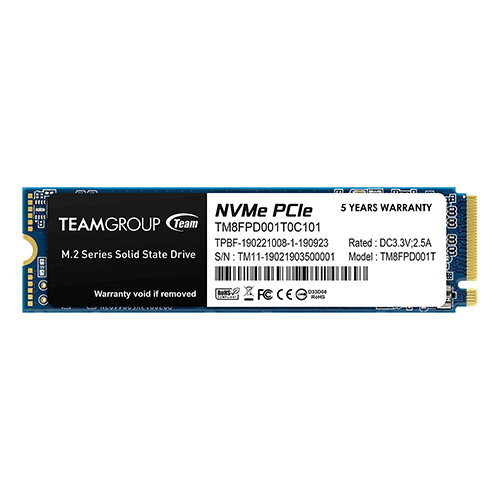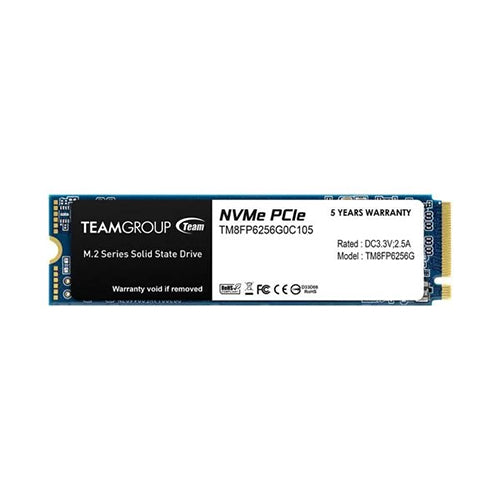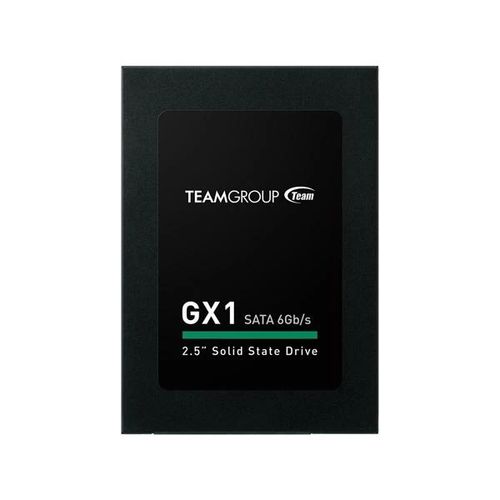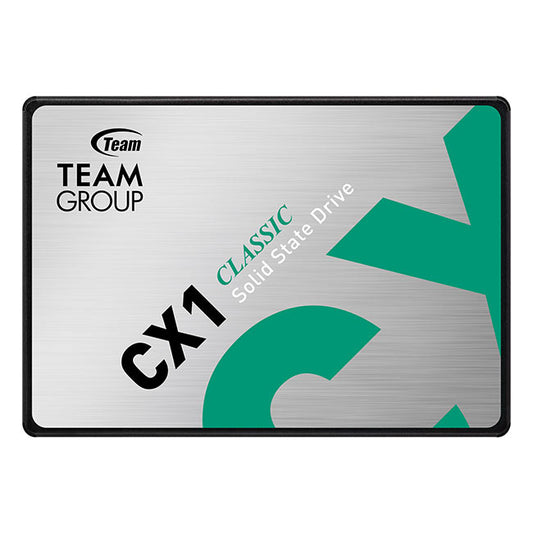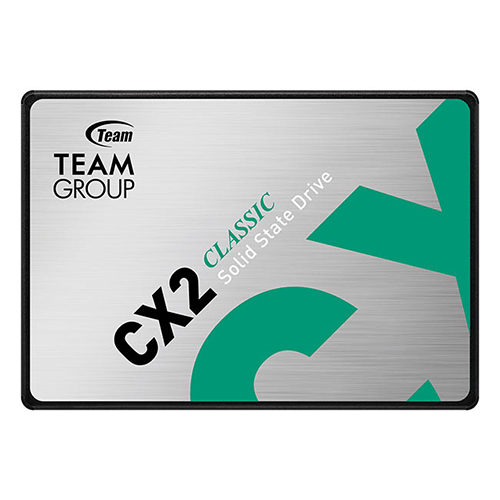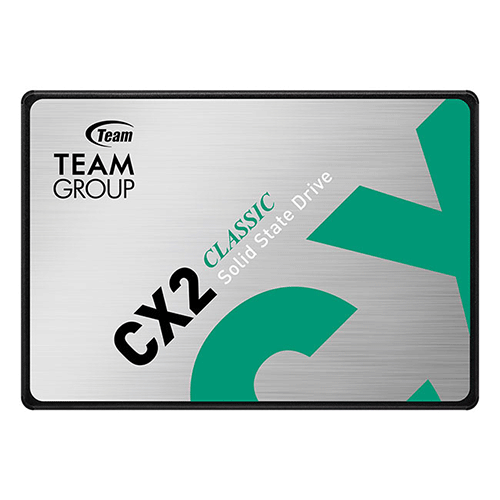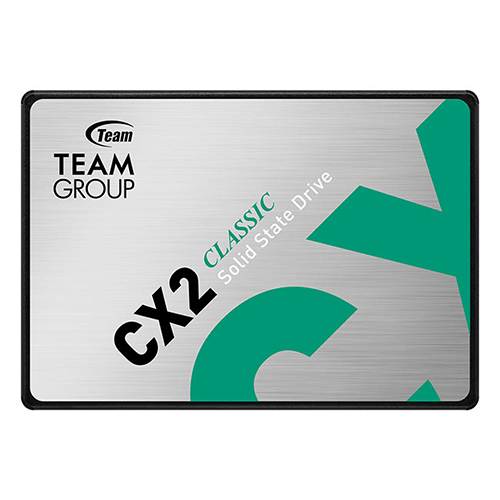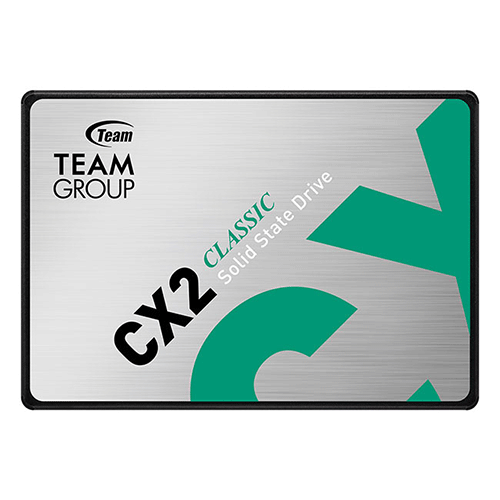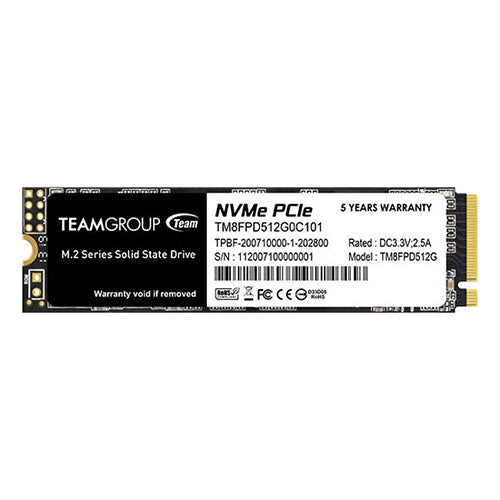Exploring TeamGroup: Enhancing Collaboration and Productivity
Introduction to TeamGroup
TeamGroup refers to a dynamic and cohesive unit comprising individuals with complementary skills, working together towards a common goal within an organization. The essence of TeamGroup lies in its collaborative approach, where diverse talents merge to achieve optimal results. These teams often operate within specific departments or projects, contributing their expertise and efforts to accomplish shared objectives.
Formation and Composition of TeamGroups
Formation Process
Creating a TeamGroup involves a deliberate process that considers various factors. Typically, team formation starts with identifying the project or task requirements. Subsequently, individuals with relevant skills are brought together through selection or assignment. This process aims to assemble a team with a balanced mix of talents and proficiencies necessary for successful project execution.
Team Composition
TeamGroup composition plays a pivotal role in its functionality and success. It encompasses the diversity of skills, experiences, personalities, and perspectives within the team. A well-rounded mix often fosters creativity, problem-solving, and comprehensive decision-making. Effective communication and mutual respect among members further enhance the team's dynamics, fostering a conducive working environment.
Key Components of Successful TeamGroups
Clear Objectives and Roles
Establishing clear objectives is fundamental to a TeamGroup's success. When every member understands the overarching goals and their individual roles, it fosters alignment and clarity. Role clarity minimizes conflicts and ensures everyone contributes meaningfully towards achieving the team's objectives.
Effective Communication
Communication acts as the backbone of any successful team. Open and transparent communication channels facilitate the exchange of ideas, feedback, and information crucial for decision-making and problem-solving. Tools like collaborative platforms, regular meetings, and active listening aid in maintaining effective communication within TeamGroups.
Strong Leadership and Collaboration
Effective leadership is pivotal in guiding TeamGroups towards success. A leader fosters collaboration, motivates team members, resolves conflicts, and keeps the team focused on achieving its goals. Collaborative leadership encourages participation, values each member's input, and promotes a culture of teamwork.
Benefits of TeamGroups
Enhanced Innovation and Creativity
TeamGroups provide a melting pot for diverse ideas and perspectives, fostering innovation and creativity. The amalgamation of different viewpoints often leads to unique solutions and approaches to challenges.
Improved Productivity and Efficiency
Collaborative efforts within TeamGroups often lead to increased productivity and efficiency. The pooling of resources, skills, and efforts enables tasks to be completed more effectively and within shorter timeframes.
Challenges and Strategies for Overcoming Them
Conflict Resolution
Conflicts arising from diverse opinions or misunderstandings can hinder a TeamGroup's progress. Implementing conflict resolution strategies, such as active listening, mediation, or seeking compromise, helps mitigate such challenges.
Managing Different Work Styles
Members within a TeamGroup might have varied work styles and preferences. Understanding and accommodating these differences through flexible work structures and effective delegation can help manage diverse work approaches.
Conclusion
TeamGroups represent the cornerstone of collaborative work environments. Through their diverse composition, effective communication, and aligned goals, they harness collective strengths to achieve remarkable outcomes. Nurturing TeamGroups involves acknowledging their dynamics, leveraging their diversity, and fostering an environment conducive to collaboration and innovation.

